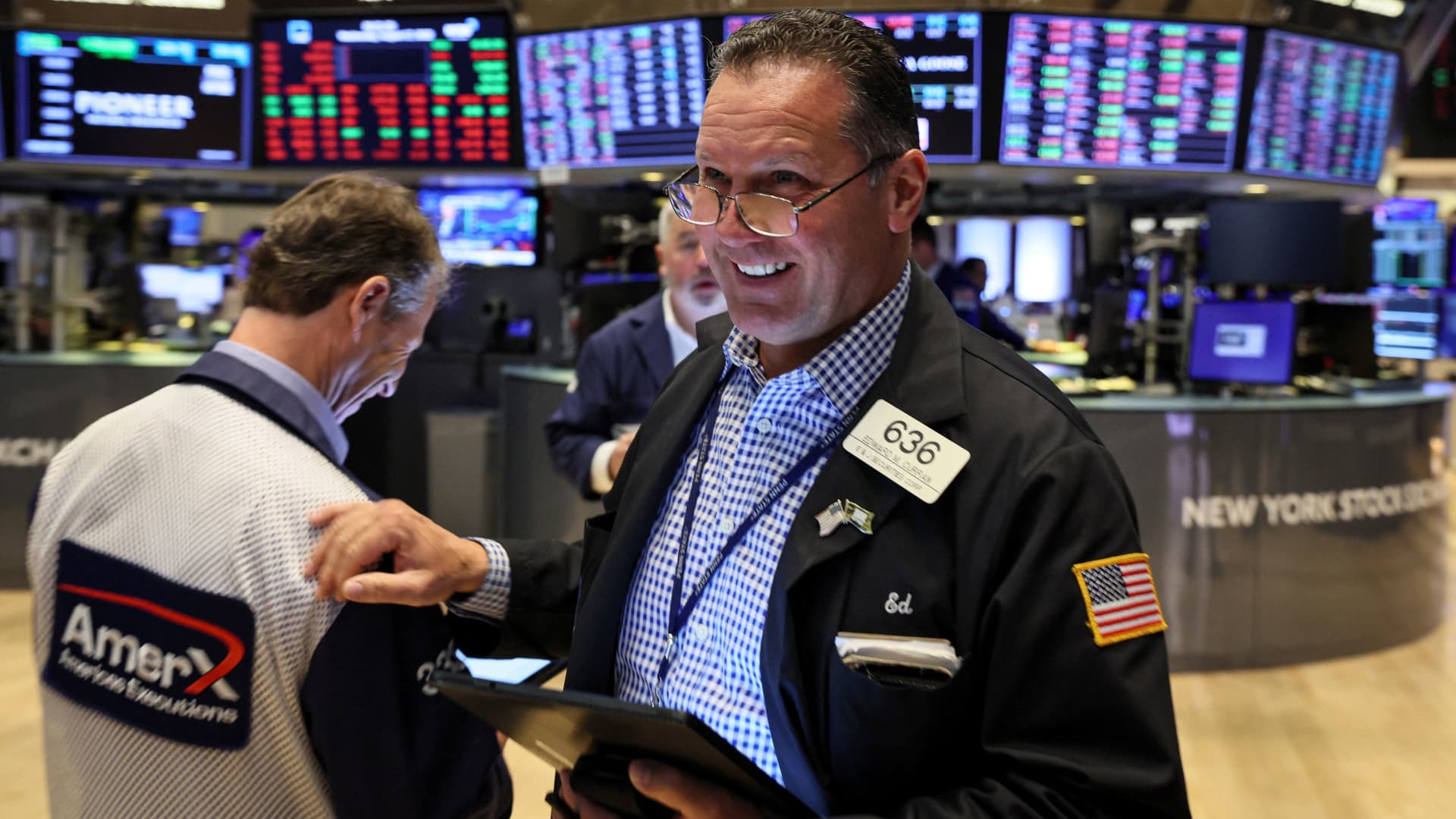US Markets
Thursday, May 16th, 2024 4:46 pm EDT
Key Points
- Walmart exceeded quarterly earnings and revenue expectations due to significant gains in e-commerce, newer businesses like advertising, and attracting more high-income shoppers. The company now expects to hit or slightly surpass its previous full-year guidance.
- E-commerce sales for Walmart U.S. surged 22% year-over-year, with the delivery business surpassing store pickup in volume for the first time. The company saw increased customer visits and stable spending, contributing to a net income jump to $5.10 billion and revenue climbing 6% from the previous year.
- Walmart’s new ventures, such as its third-party marketplace and subscription-based membership program Walmart+, significantly boosted profits. The company is also investing heavily in store upgrades and new private-label grocery brands to appeal to younger and more affluent customers while reducing spending in other areas.
Walmart reported strong quarterly earnings and revenue that exceeded expectations, driven by significant gains in e-commerce, new business ventures like advertising, and an influx of higher-income shoppers. The retailer now anticipates reaching or slightly surpassing its previous full-year guidance, with projected net sales growth of 3% to 4% and adjusted earnings per share between $2.23 and $2.37. The company’s shares hit an all-time high, rising about 6% in midday trading. CFO John David Rainey attributed part of Walmart’s grocery business boost to the growing price gap between home-cooked meals and dining out, as well as the convenience Walmart offers, with its delivery business volume surpassing store pickup for the first time.
For the fiscal first quarter, Walmart reported earnings per share of 60 cents adjusted (versus 52 cents expected) and revenue of $161.51 billion (versus $159.50 billion expected). Net income jumped to $5.10 billion, or 63 cents per share, compared to $1.67 billion, or 21 cents per share, a year ago. Revenue increased by 6% from $152.30 billion in the year-ago quarter, aided by an additional selling day. Same-store sales for Walmart U.S. climbed by 3.8%, excluding fuel, while Sam’s Club saw a 4.4% rise year-over-year, excluding fuel. E-commerce sales for Walmart U.S. surged 22% year-over-year, driven by store pickup, delivery, and a growing third-party marketplace.
Walmart, often seen as a bellwether for the U.S. economy, has fared well during inflationary periods due to its staple products and value-oriented reputation. Inflation eased in April, with the consumer price index up 3.4% year-over-year. Despite signs of easing inflation, Walmart’s shoppers remain selective with purchases, prioritizing food and health-related items over general merchandise like home goods and electronics. Even so, sales in general merchandise categories improved year-over-year.
Walmart’s online business expansion and efforts to attract younger, more affluent customers include launching a new private-label grocery brand and upgrading over 1,400 stores. These stores now feature newer, fashion-forward brands and have seen a shift towards more profitable general merchandise categories. Walmart’s newer business ventures, such as advertising and its subscription-based membership program Walmart+, have significantly boosted profits. The global advertising business grew 24% in the quarter, with the U.S. segment growing 26%.
The third-party marketplace has also been a major growth driver, with U.S. marketplace sellers increasing by 36% in the quarter and the marketplace now offering more than 420 different items. In Mexico, the number of marketplace sellers grew by over 50%, with total item count up nearly 80%. Rainey noted that a third of Walmart’s year-over-year operating income gains came from these newer businesses.
Despite reducing spending in some areas, such as laying off and relocating hundreds of corporate employees, Walmart continues to invest heavily in growth areas. This includes acquiring smart TV maker Vizio for $2.3 billion as part of its strategy to capture more advertising dollars. Rainey emphasized the benefits of in-person collaboration and the company’s commitment to maintaining its culture by working together in office settings.
Walmart’s shares closed at $59.83, bringing its market cap to $482.22 billion. The stock is up nearly 14% year-to-date, outperforming the S&P 500’s roughly 11% gains over the same period.
For the full original article on CNBC, please click here: https://www.cnbc.com/2024/05/16/walmart-wmt-q1-2025-earnings-.html




